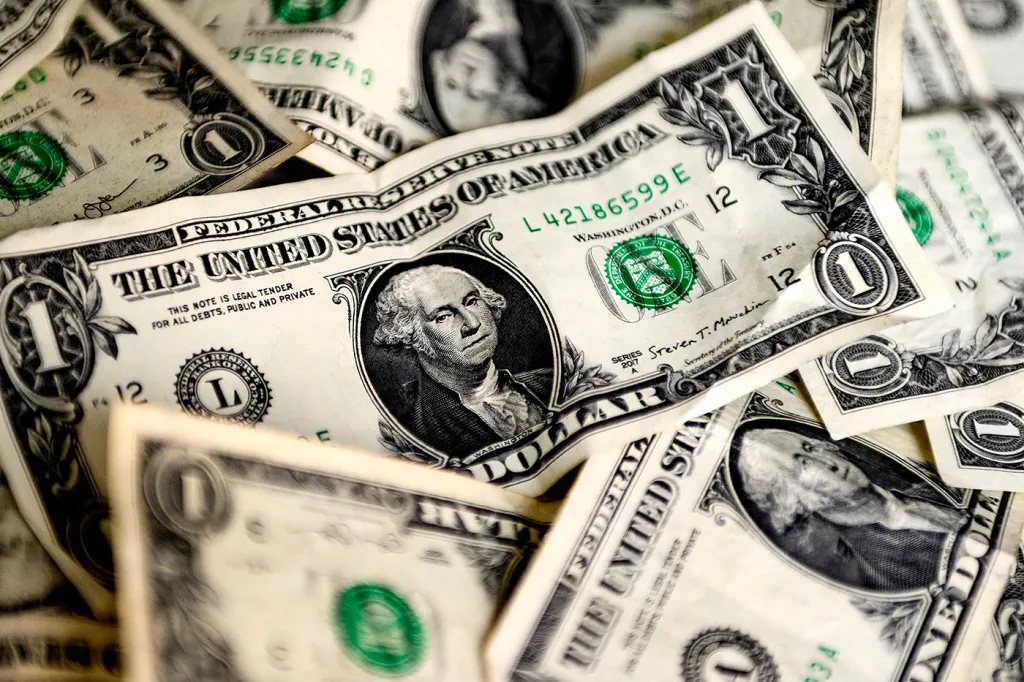The dollar and yen eased on Tuesday, paring some of their safe-haven gains from the start of the week in the wake of a major missile exchange between Israel and Hezbollah that stoked fears of a wider escalation.
Imminent U.S. rate cuts also remained at the top of investors’ minds and further pressured the greenback, though currencies were mostly rangebound on the lack of major news in the Asian session.
The yen was last 0.1% lower at 144.65 per dollar, having risen to a three-week high of 143.45 in the previous session on a flight to safety.
The euro and sterling rose about 0.1% each to $1.1172 and $1.3201 respectively, hovering near their recent multi-month highs.
The Canadian dollar strengthened slightly to 1.34875 per U.S. dollar, having touched a five-month peak on Monday as oil prices surged.
“The market is sort of taking a breather and waiting to see key data releases,” said Rodrigo Catril, senior FX strategist at National Australia Bank.
“Given also that we have kind of second-tier data releases this week, it plays to the view of a sort of more range-y environment over the near term.”
Most currencies were holding near milestone highs and the dollar near its lowest level in more than a year, helped by the likelihood of a U.S. rate cut in September after Federal Reserve Chair Jerome Powell more or less nodded to such a move in his Jackson Hole speech on Friday.
San Francisco Fed President Mary Daly also said on Monday a quarter-percentage point reduction in borrowing costs next month was likely.
Against a basket of currencies, the greenback dipped 0.03% to 100.82, languishing near a 13-month low of 100.53 hit in the previous session.
The Fed’s aggressive rate-hike cycle and expectations of how much further U.S. rates could rise had been a huge driver of the dollar’s strength over the past two years, keeping other currencies, particularly the Japanese yen, under pressure.
“The question now is no longer whether the Fed is going to cut in September but by how much,” said David Chao, Invesco’s global market strategist for Asia Pacific ex-Japan.
“Powell left the door open for larger cuts in case labour conditions deteriorate. Investors believe that the Fed appears to be open to cutting rates faster than previously expected.”
Markets have already fully priced in a rate cut next month, and see about 100 basis points worth of easing by the end of the year.
Elsewhere, the Australian dollar gained 0.23% to $0.6787, not far from a one-month high of $0.67985 hit on Friday.
The New Zealand dollar rose 0.34% to $0.6225, similarly holding near Friday’s high of $0.6236, its strongest level in more than seven months.



